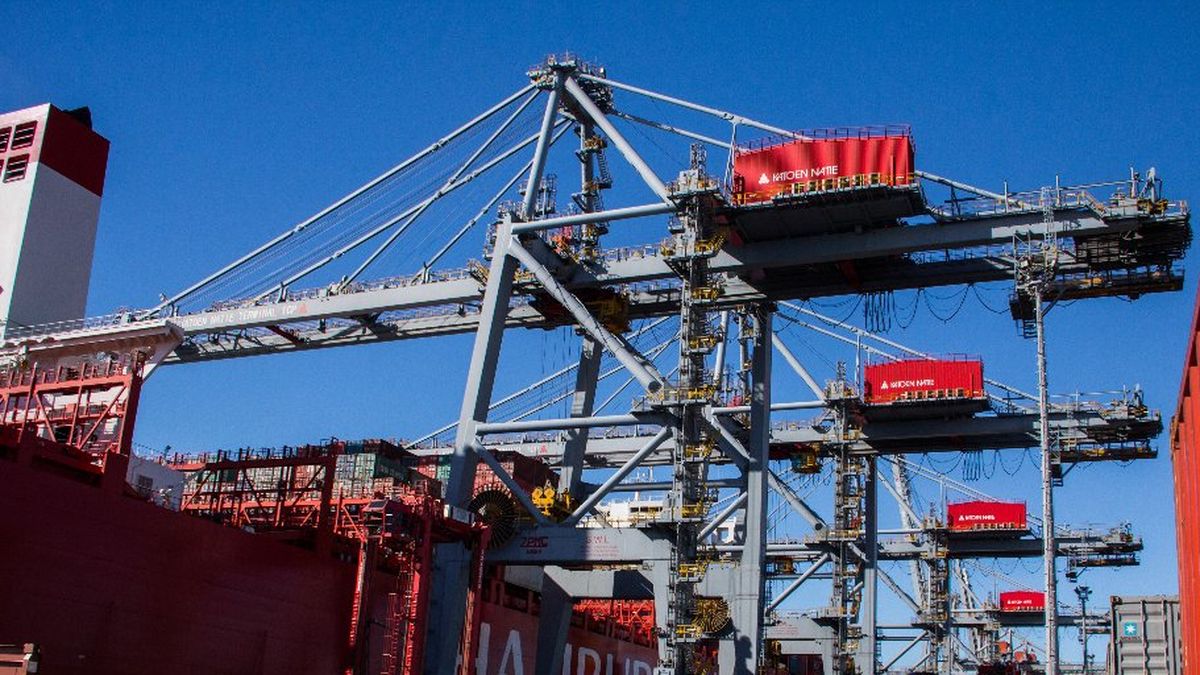The exports of meat were reduced in 2023 in line with what happened with the payment of duty for this type of operations, which fell 20% compared to 2022, according to data from the National Meat Institute (INAC).
From the survey it appears that Uruguay paid 283 million dollars last year in tariffs, a decrease that coincides with the lower level of placements, associated with the reduction in sales towards China.
If we analyze what happened with the beef, he INAC He specified that beef fell by 20%, in line with the drop in prices. exports. In this area, the country paid 252 million dollars, with placements of 2,113 million.
For this reason, he observed that the tariff pressure remained constant at 11.9%, with China, the United States, the European Union and Japan such as the destinations where the beef chain faces the highest payment of tariffs.
In fact, although China concentrates 47% of the total, lower sales to the Asian giant led to a 34% drop in the payment of tariffs to that destination, which was 64 million dollars. This situation was partially offset by the increase in placements USA out of quota, which meant an increase in the payment of tariffs of around 6 million dollars and ratifies a trend, with two consecutive years of rising exports.
carnegraf.jpg
Sheep meat, on the rise
On the other hand, the INAC report revealed that the sheep meat paid tariffs for 8 million dollars in the foreign market, an amount 16% higher than in 2022, despite the 9% decline in the exported value.
This improvement is explained by a substitution of export destinations in favor of markets with higher tariffs. The thing is that, while the value exported to China increased 20% compared to 2022, placements in United Arab Emirates and Kuwait decreased 77% and 87%, respectively.
The tariffs faced by Uruguay In the Asian giant they average 16% and in the countries of the Middle East They are around 5%. As a result, 94% of the tariff burden on Uruguayan sheep meat was concentrated in China, against 3% in Middle Eastern countries.
Offals affected by trade with China
Finally, the category of bovine offal reached 23 million dollars in tariffs paid, 19% less than in 2022, something that is mainly explained by the decrease in the average prices received for bones, tendons, heart and tail in China.
Although volumes remained relatively constant compared to 2022, the price reduction meant that the exported value fell from 145 to 116 million dollars. The offal tariff payment podium is completed with South Korea (chinchulines) and Japan (tongues).
Source: Ambito




